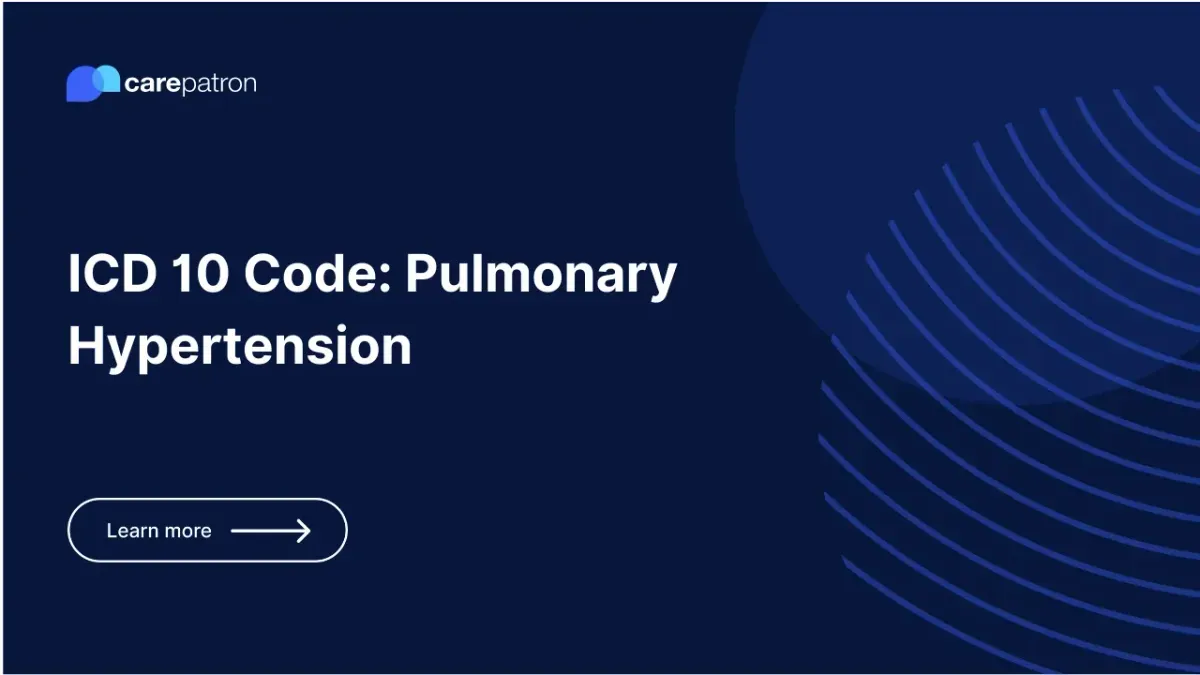
Pulmonary Hypertension ICD-10-CM Codes
Learn 2025 ICD-10-CM codes for pulmonary hypertension, including primary, secondary, and unspecified types, plus symptoms, causes, and treatments.
Use Code
EHR and practice management software
Get started for free
*No credit card required
Free
$0/usd
Unlimited clients
Telehealth
1GB of storage
Client portal text
Automated billing and online payments
